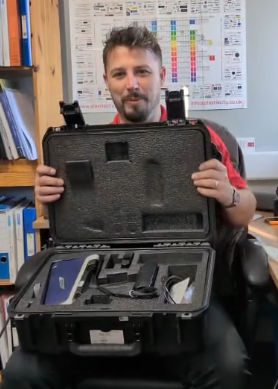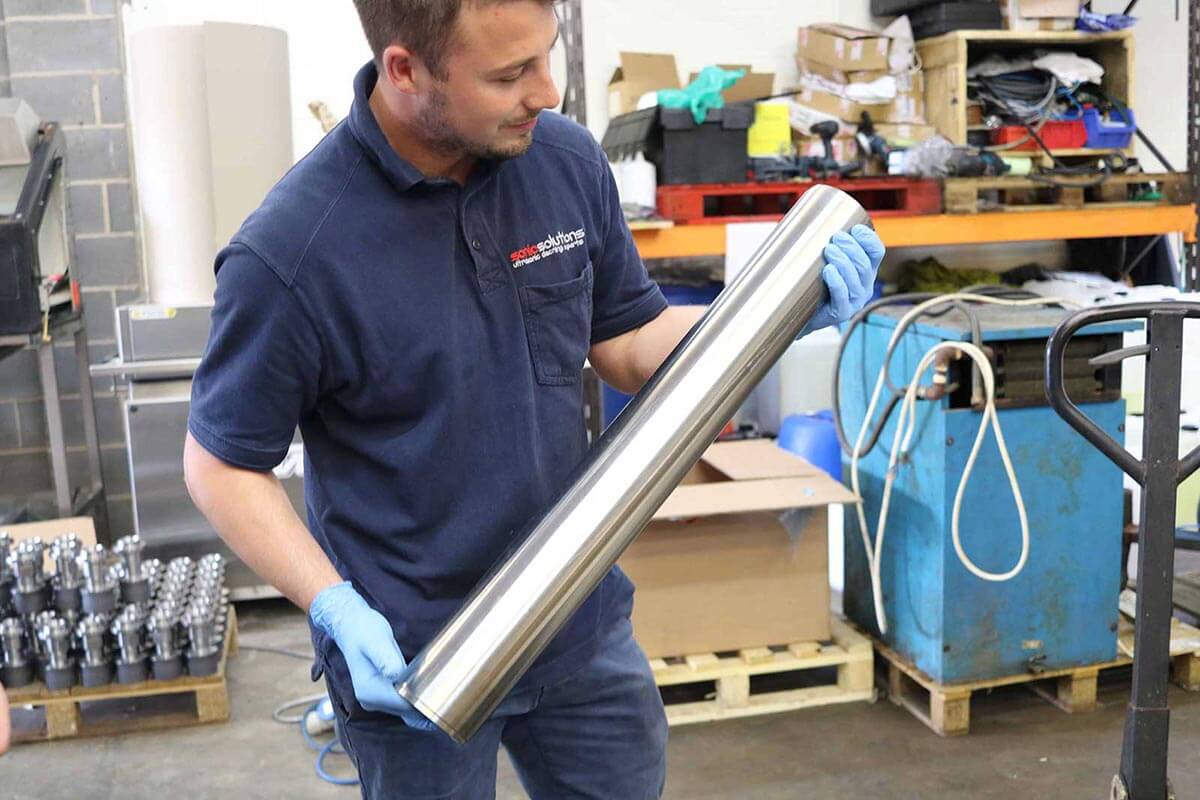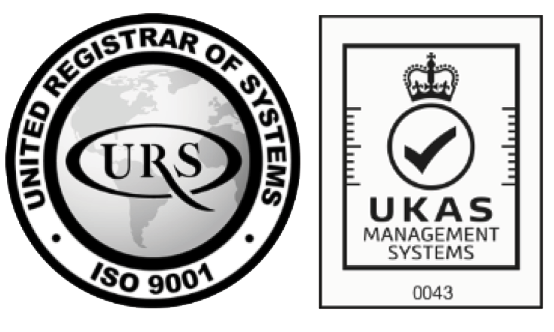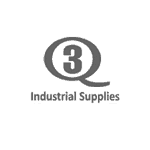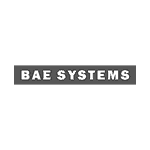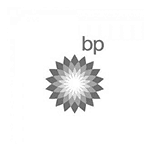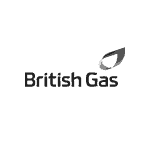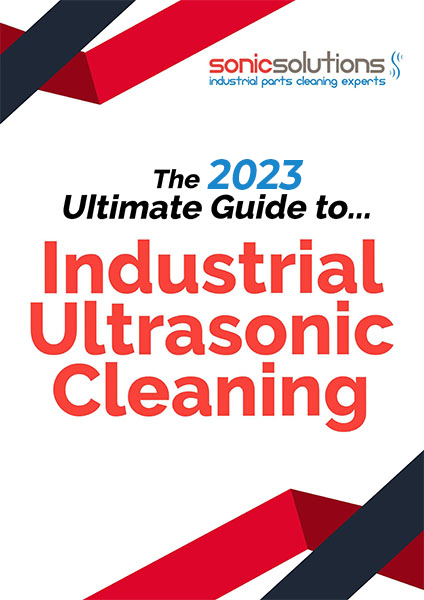An Introduction to How Ultrasonic Cleaning Works?
For friendly & knowledgable help contact us on:
01924 495 975 hello@sonicsolutionsltd.com Open Contact Form
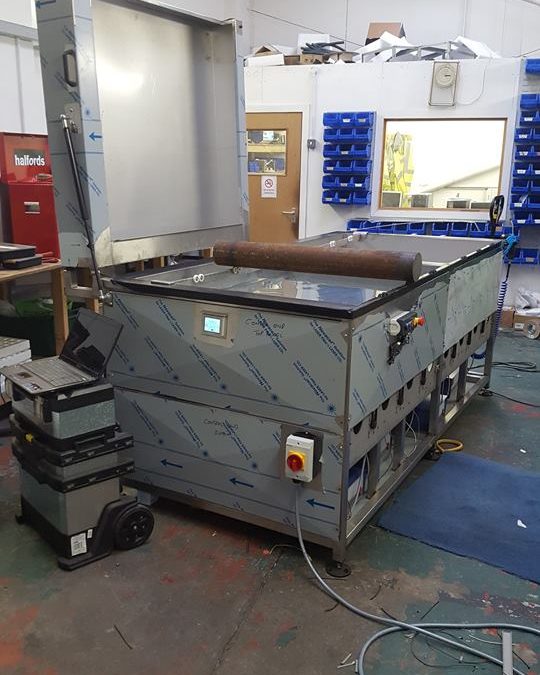
Ultrasonic cleaning uses high-frequency, high-intensity sound waves in a liquid to facilitate or enhance the removal of foreign contaminants from surfaces submerged in an ultrasonically activated tank. Ultrasonic cleaning is a technology unique in its ability to remove contaminants that other technologies cannot remove and, in its ability, to effectively clean areas that are not accessible using other methods. Ultrasonic cleaning relies on the jetting action of collapsing cavitation bubbles in contact with a surface to provide a high-pressure jet of fluid against the surface, when used in conjunction with a particular chemical for the specific contaminant the results are outstanding. It is a common misconception that ultrasonics in water alone is enough for cavitation to take place but in fact because of water’s naturally occurring surface tension, only a small amount of the individual water molecule ever come into contact with the item being cleaned. The right chemical to get full contact and maximum cavitation is of fundamental importance. While the basics of ultrasonic cleaning are simple, there are many factors that affect how successful your ultrasonic cleaning process will be.

